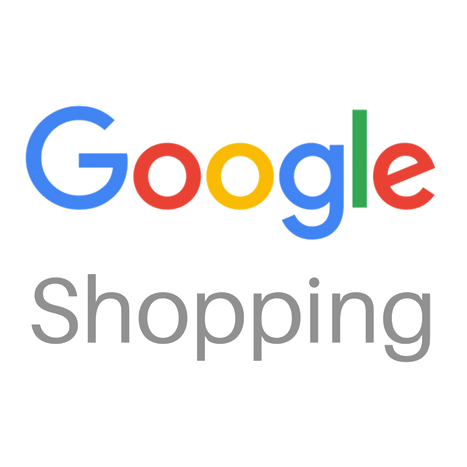Our $120K/Month B2B Portal Got Featured On Shark Tank India [Update]
This is a follow up story for The Design Cart. If you're interested in reading how they got started, published over 5 years ago, check it out here.
Hello again! Remind us who you are and what business you started.
Hey, I am Apaar, the founder & CEO of The Design Cart. I had previously interviewed with Starer Story in May 2020. You can read it here.
The Design Cart was initially started as a B2B portal for the fashion & jewelry industry to source its raw materials such as fabrics, textiles, trims, beads & accessories via a single online portal.
We have more than 1,50,000 SKUs listed on our portal across 200+ product categories. Our primary clients are fashion & jewelry designers and creative entrepreneurs. We are today India’s largest online portal for sourcing raw materials. We were also featured in Shark Tank India last year.


Download the report and join our email newsletter packed with business ideas and money-making opportunities, backed by real-life case studies.

Download the report and join our email newsletter packed with business ideas and money-making opportunities, backed by real-life case studies.

Download the report and join our email newsletter packed with business ideas and money-making opportunities, backed by real-life case studies.

Download the report and join our email newsletter packed with business ideas and money-making opportunities, backed by real-life case studies.

Download the report and join our email newsletter packed with business ideas and money-making opportunities, backed by real-life case studies.

Download the report and join our email newsletter packed with business ideas and money-making opportunities, backed by real-life case studies.

Download the report and join our email newsletter packed with business ideas and money-making opportunities, backed by real-life case studies.

Download the report and join our email newsletter packed with business ideas and money-making opportunities, backed by real-life case studies.





































